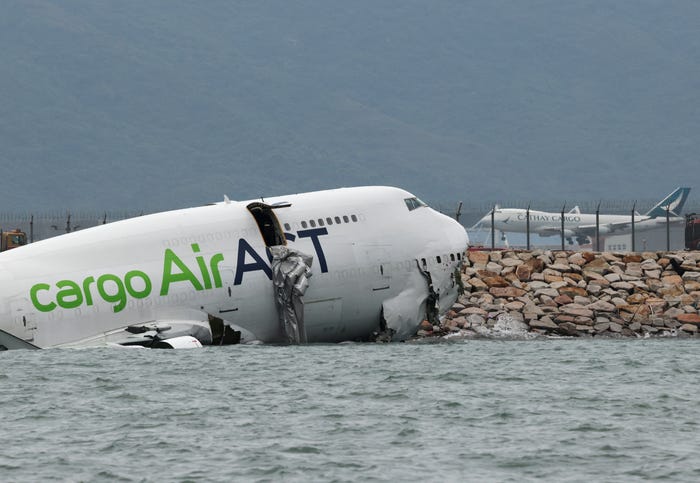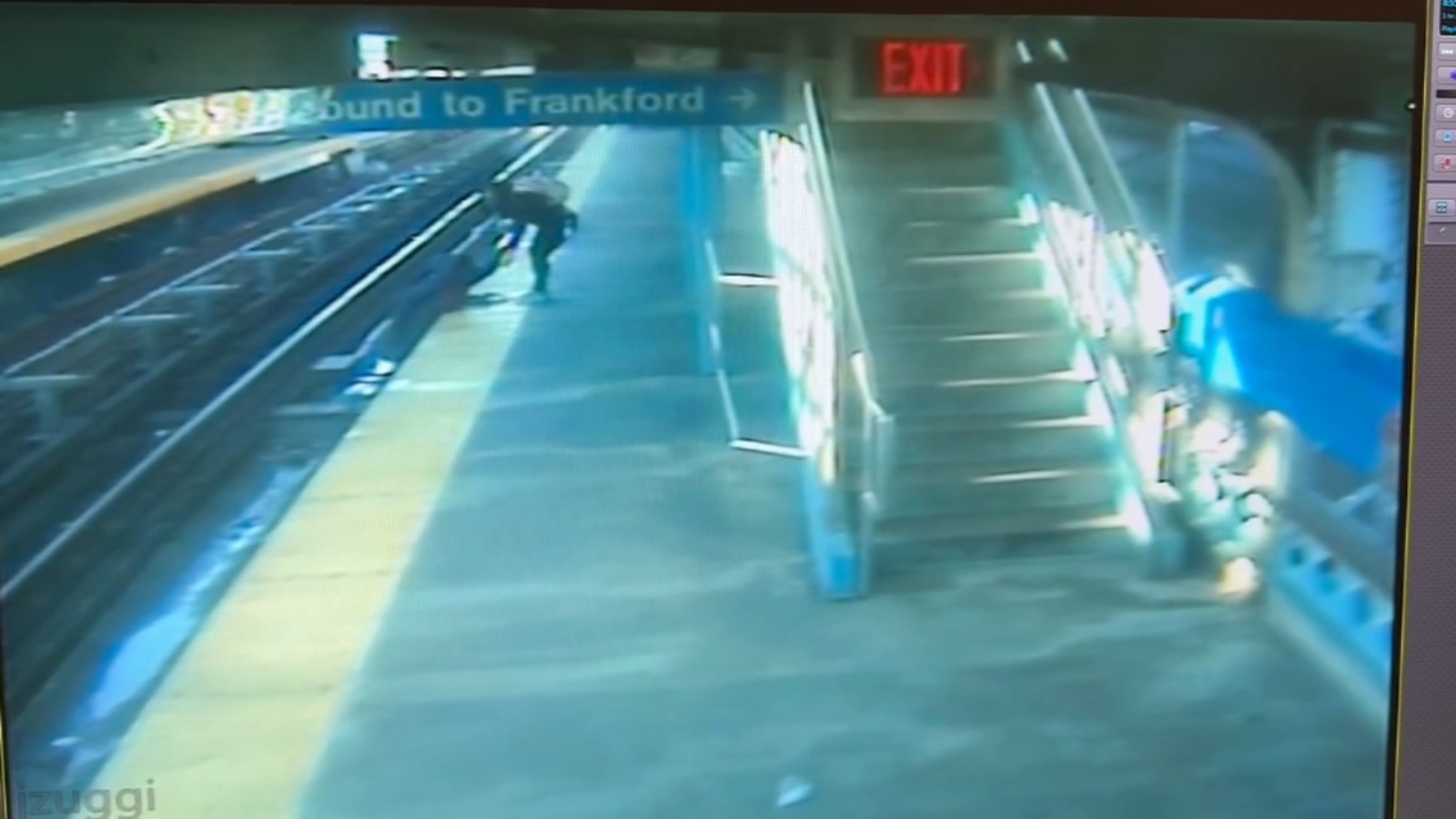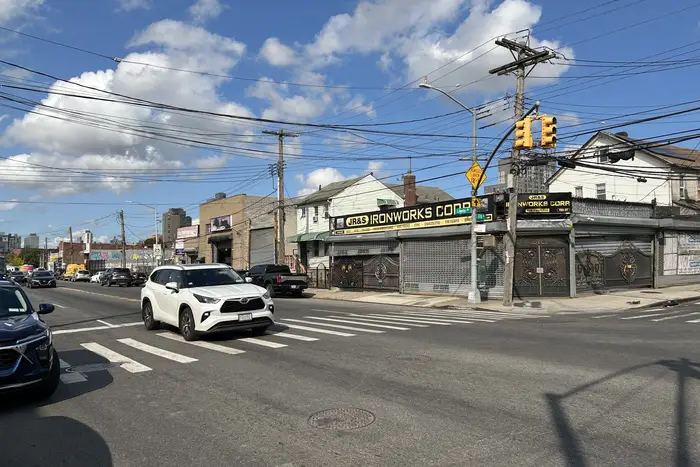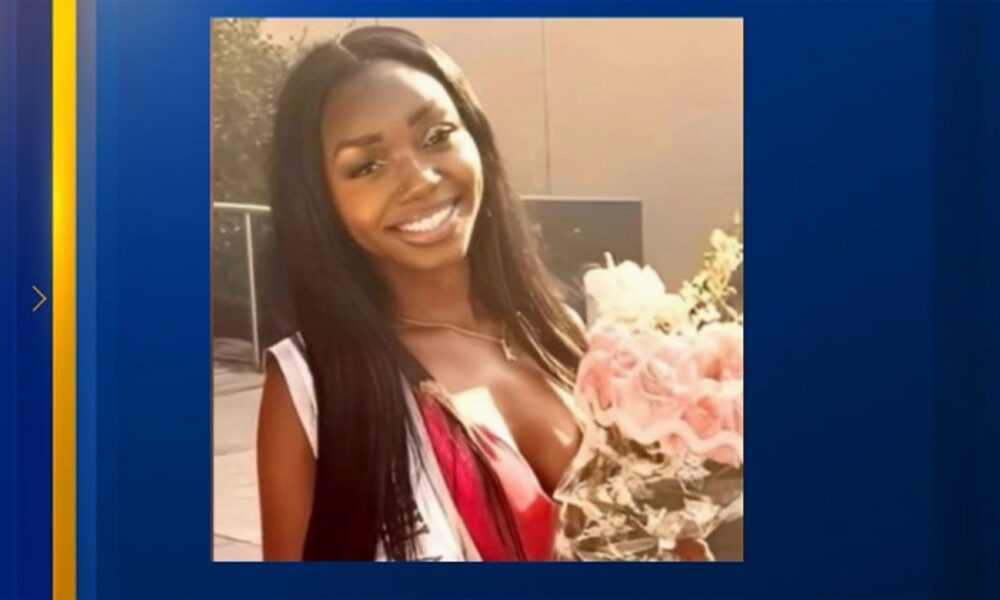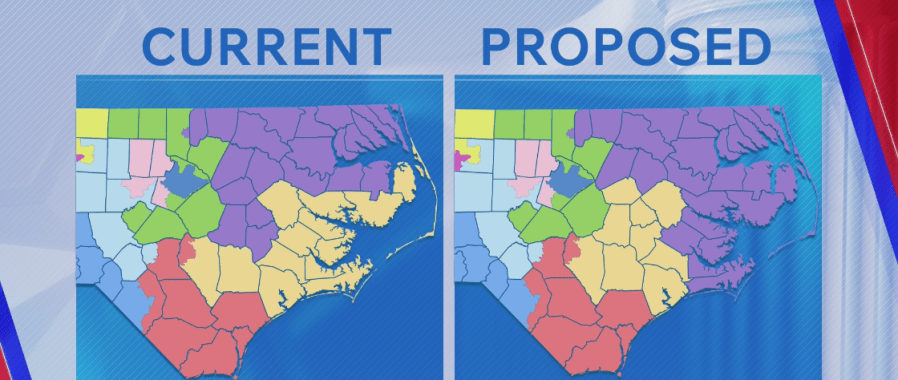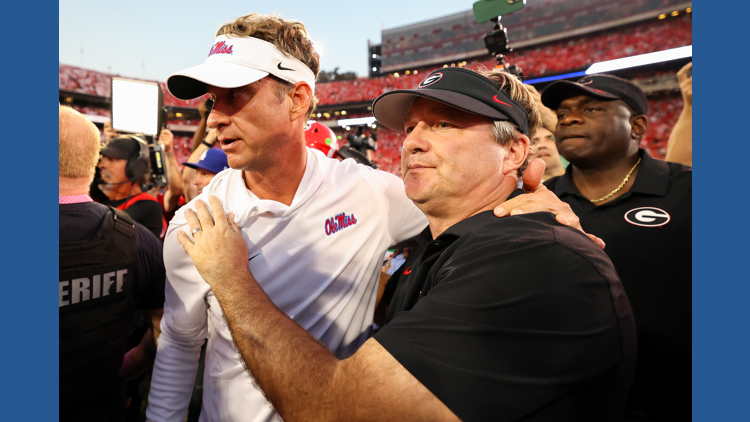UPDATE: New Haven’s municipal elections are underway with low competition and minimal excitement. As of Thursday afternoon, only 928 early votes have been cast in a city where three-term incumbent mayor Justin Elicker faces Republican challenger Steve Orosco. With just seven of the city’s 30 alder seats contested, political analysts are expressing concerns about voter engagement.
“This election cycle is pretty low-key,” said Douglas Rae, a Yale political scientist. The municipal elections represent the first time New Haveners can vote early, but the lack of competitive races is dampening enthusiasm. “Elicker is a comfortable incumbent,” Rae added, indicating that significant upsets seem unlikely.
Voter turnout has historically mirrored the intensity of the mayoral race. In 2019, nearly 30 percent of eligible New Haveners voted when Elicker unseated former mayor Toni Harp. However, that figure dropped to 23 percent in 2021 and slightly increased to 24.5 percent in 2023. Currently, New Haven boasts its highest number of active voters in a decade, with 61,764 registered as of mid-October.
Patricia Rossi, president of the New Haven League of Women Voters, points to the lack of competition as a primary reason for low turnout. “None of the races are considered particularly competitive,” she stated, emphasizing how this predictability discourages voter participation. The political climate in New Haven has changed significantly over the decades, leaving many residents feeling apathetic toward municipal elections.
Rae noted that the last time there was real doubt about which party would control the mayor’s office was just after World War II. The lack of two-party competition continues to stifle voter interest, and many residents do not recognize the importance of local governance. “Who the mayor is affects whether there’s going to be a park or whether your streets will be cleaned,” Rossi explained.
Comparatively, other Connecticut cities saw even lower turnout. In the 2023 municipal election, less than 20 percent of registered Bridgeport voters and 13.7 percent of Hartford voters participated. In contrast, suburban areas like New Canaan and Greenwich recorded turnout rates exceeding 50 percent.
Rae and Radcliffe, a former chair of the City Plan Commission, voiced concerns that incumbents might be “taking things for granted.” The lack of competitive races means that candidates are not vigorously campaigning, leading to a quiet atmosphere in the city.
While the elections may seem mundane, critical issues such as housing, gentrification, and local development loom large. Debates over zoning regulations for downtown business districts are ongoing, but not being discussed fervently. “There is grave concern that what we love in our communities is at risk,” Radcliffe warned, citing rising property taxes and potential gentrification as significant concerns.
Despite these issues, Elicker is positioning his campaign in contrast to former President Donald Trump, seeking to emphasize his commitment to progressive values. “His presence weighs in heavily,” Radcliffe remarked about Trump’s influence on local politics, even if he is not on the ballot.
As the November 7 election date approaches, the urgency for New Haven residents to engage in the electoral process is paramount. Without active participation, the future landscape of local governance could be compromised.
Stay tuned for more updates as New Haven navigates this pivotal election cycle.


